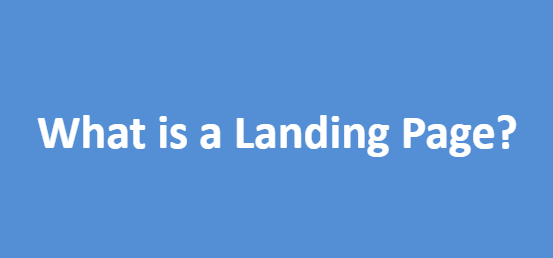A landing page is a web page that serves as the entry point for a website or a particular section of a website. It is designed with a specific goal or call to action in mind, such as encouraging visitors to sign up for a newsletter, download a whitepaper, make a purchase, or fill out a contact form. The content and layout of a landing page are typically optimized to guide visitors toward taking a desired action.
Key characteristics of a landing page include:
- Focused Purpose: Landing pages are created with a singular focus, directing visitors toward a specific goal rather than providing a broad range of information.
- Call to Action (CTA): A clear and compelling call to action is a central element of a landing page. This could be a button, form, or link that prompts visitors to take the desired action.
- Minimalist Design: Landing pages often have a clean and minimalist design to reduce distractions and keep the visitor’s attention on the main message and call to action.
- Relevant Content: The content on a landing page is tailored to match the marketing message that led the visitor to the page. It should be concise, relevant, and persuasive.
- Responsive Layout: Landing pages are usually designed to be responsive, ensuring a consistent and user-friendly experience across different devices such as desktops, tablets, and smartphones.
- Analytics Integration: To measure the effectiveness of a landing page, web analytics tools are often integrated to track visitor behavior, conversion rates, and other relevant metrics.
Landing pages are commonly used in online marketing and advertising campaigns, where the goal is to convert visitors into leads or customers. By focusing on a specific message and encouraging a targeted action, businesses can optimize their conversion rates and achieve their marketing objectives.
- How to Build a GoHighLevel Funnel: A Step-by-Step Guide - February 13, 2025
- Designing a Healthy Online Presence: Medical Website Design and SEO - February 3, 2025
- Confluence vs. SharePoint: Which One is Right for You? - February 2, 2025
